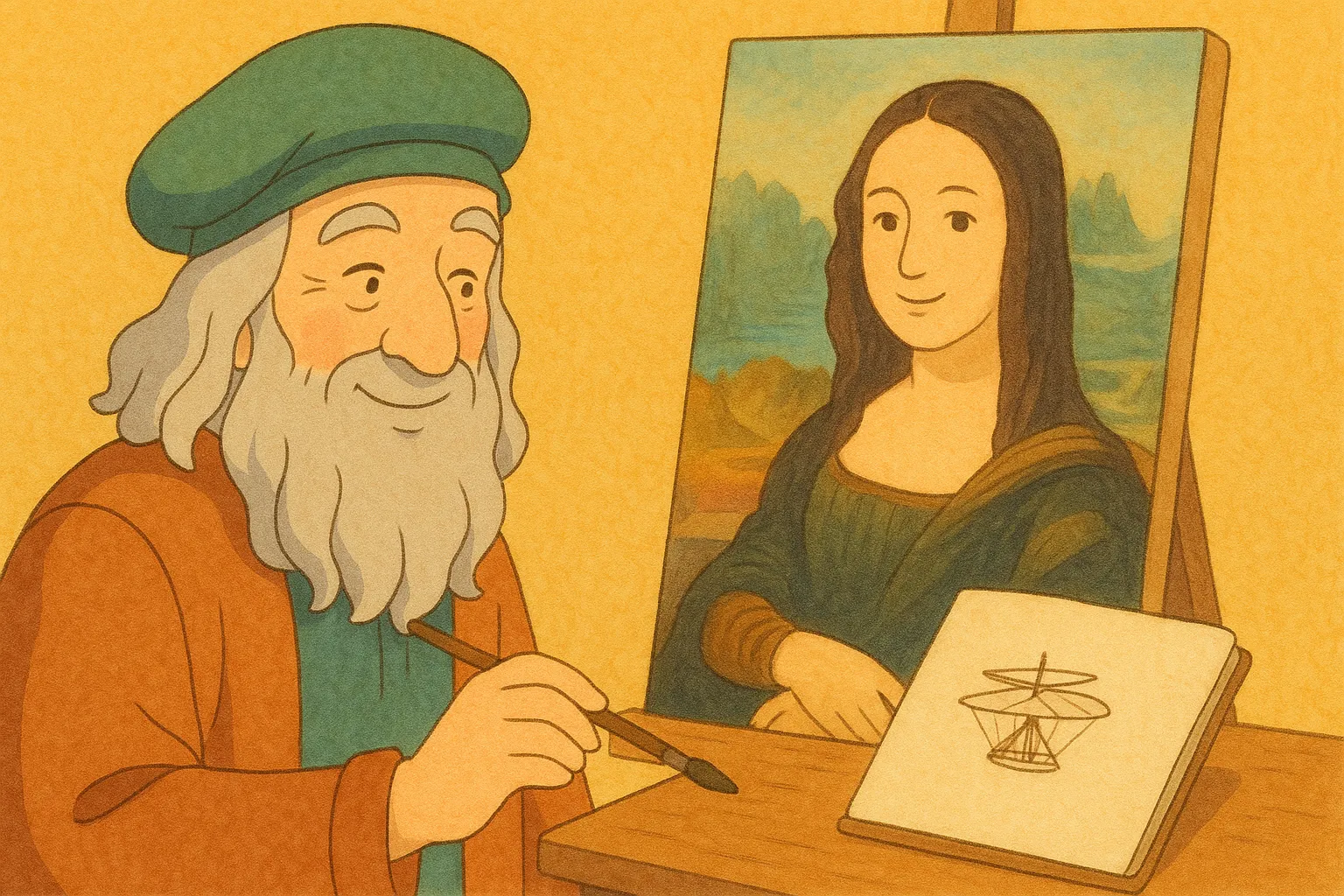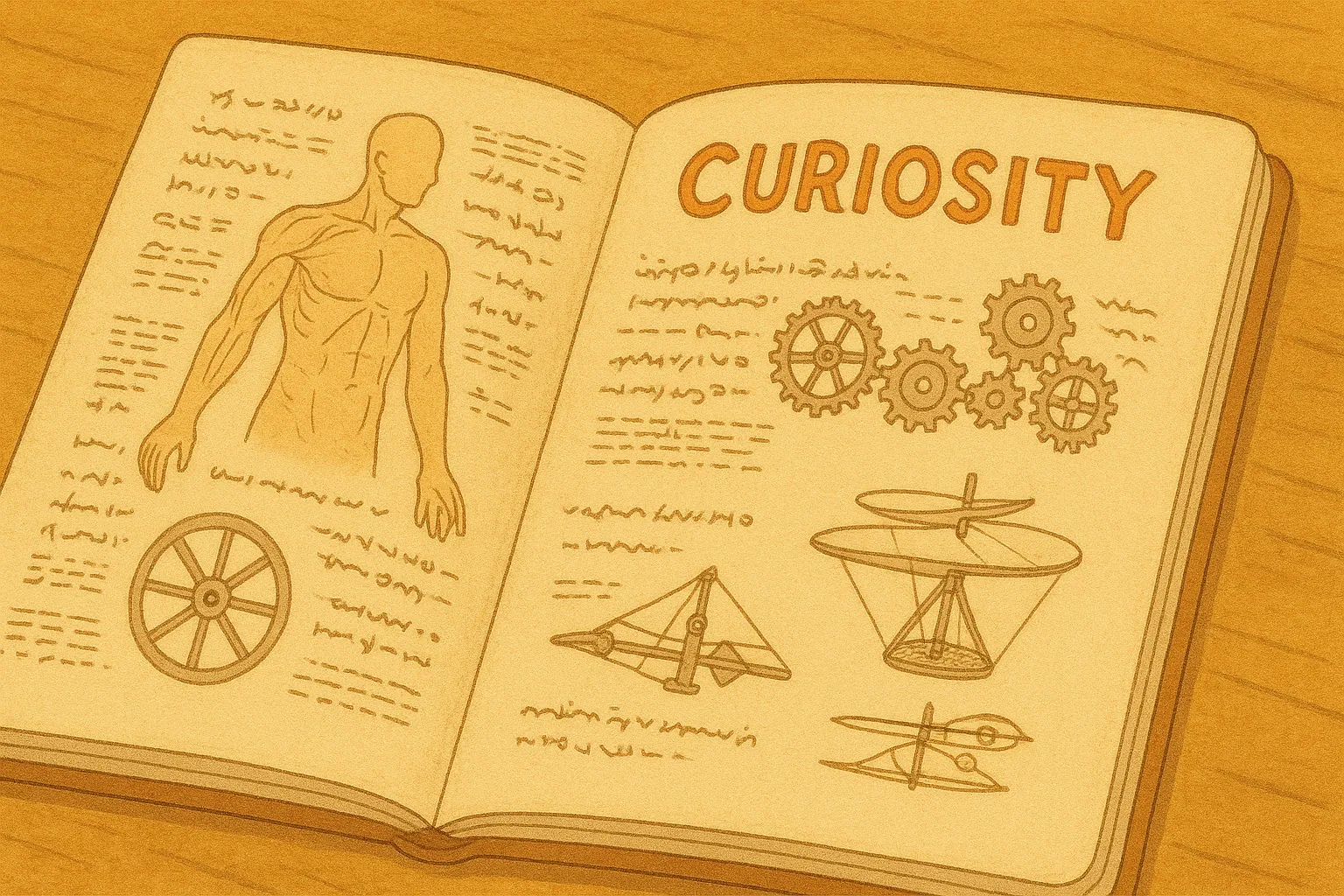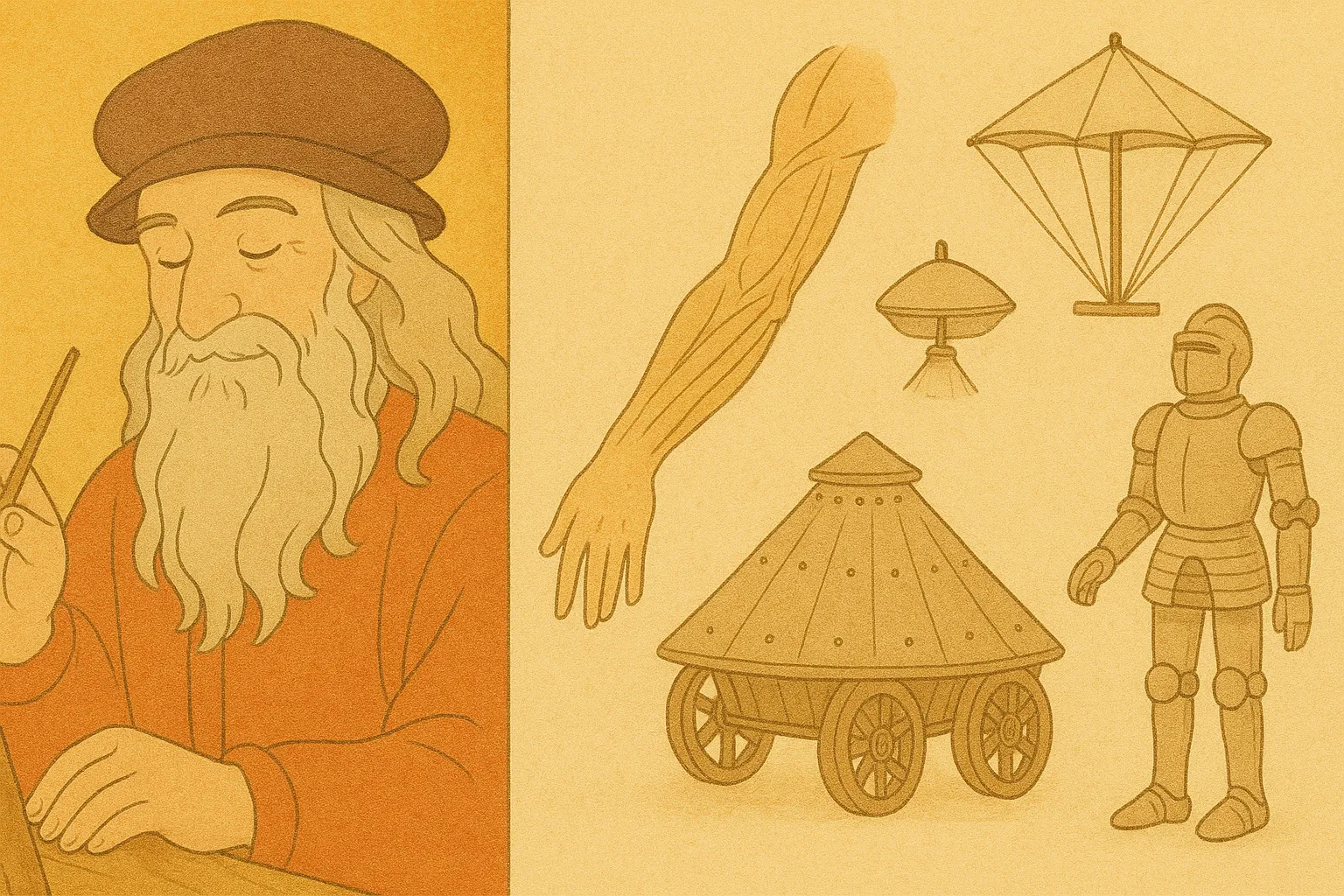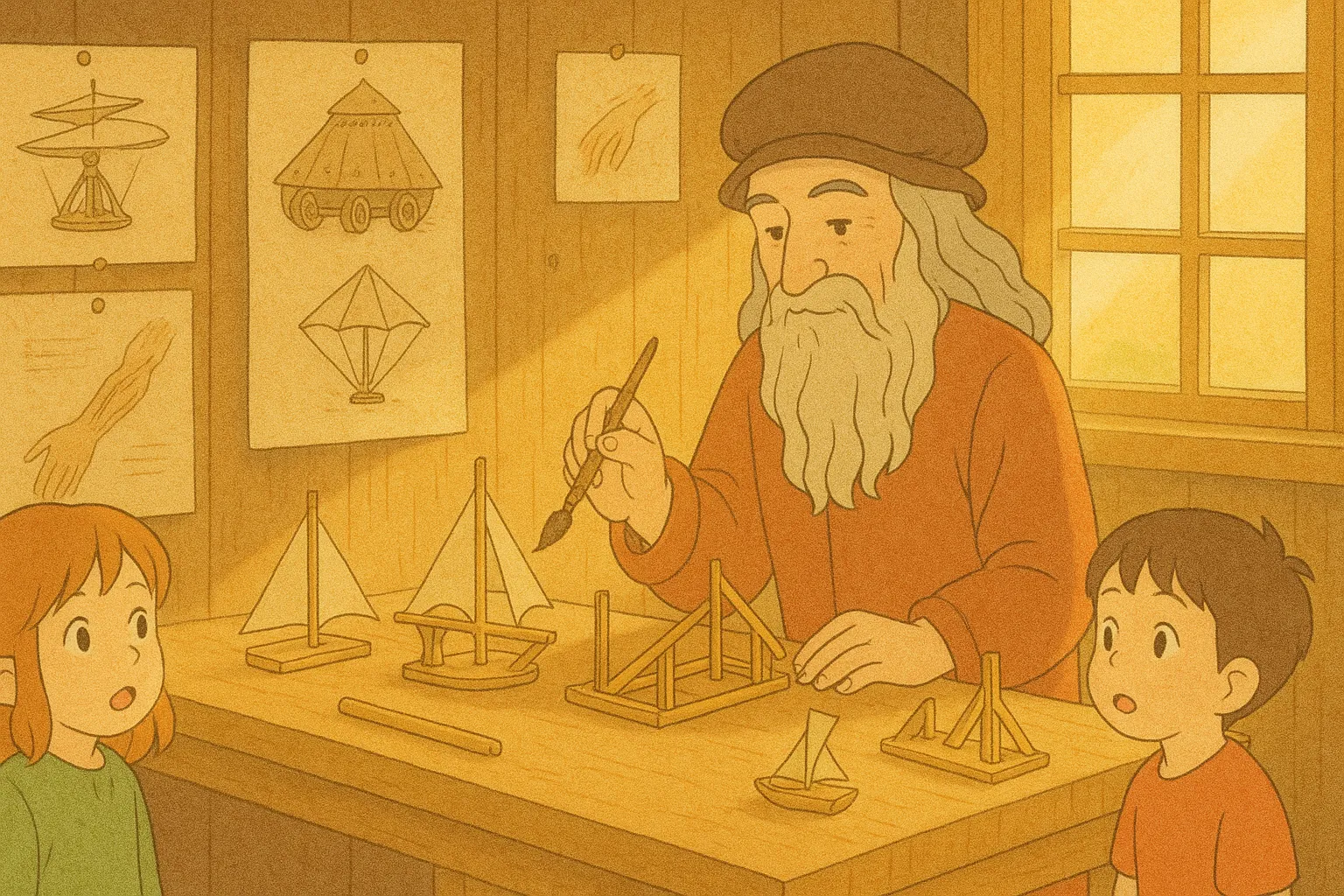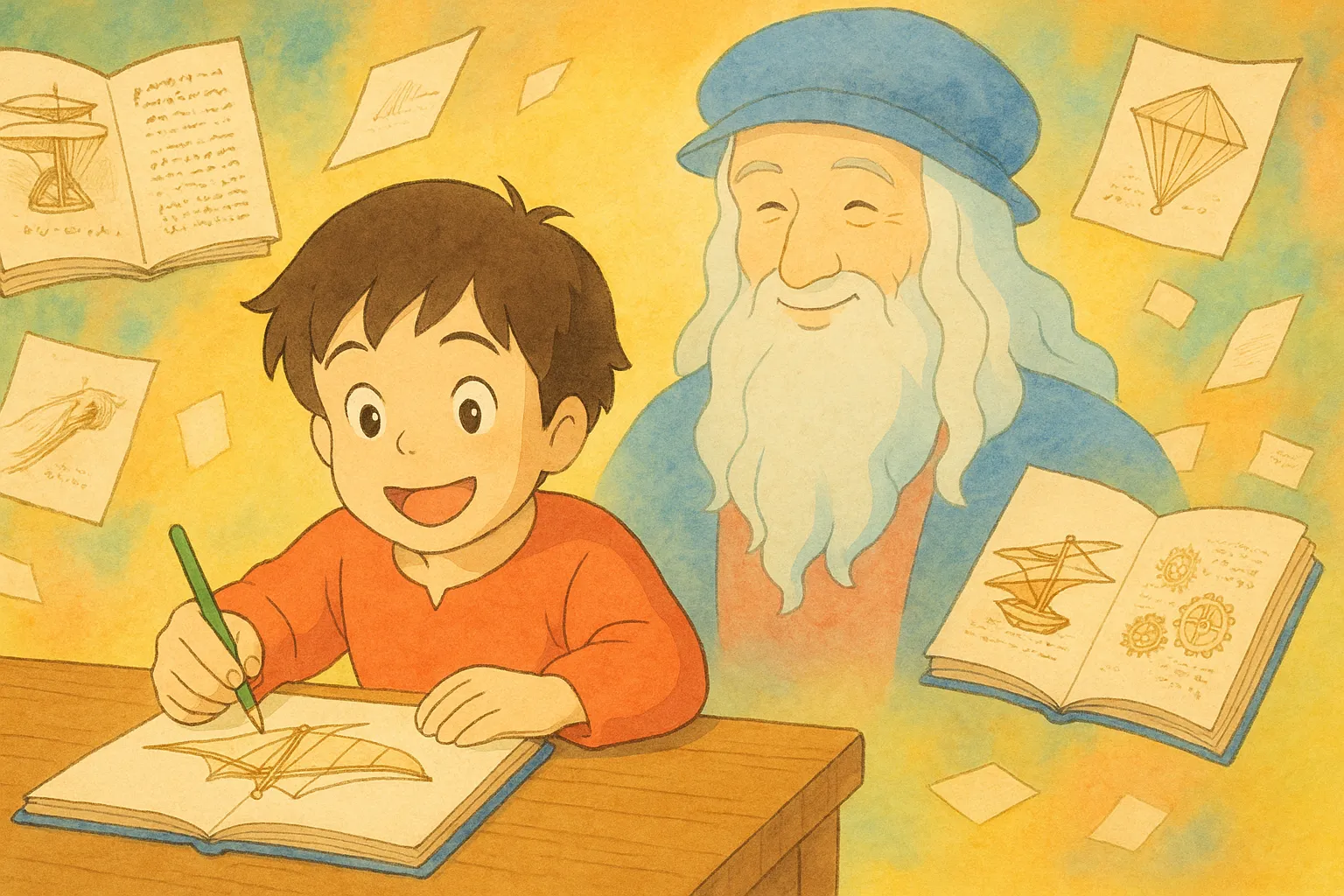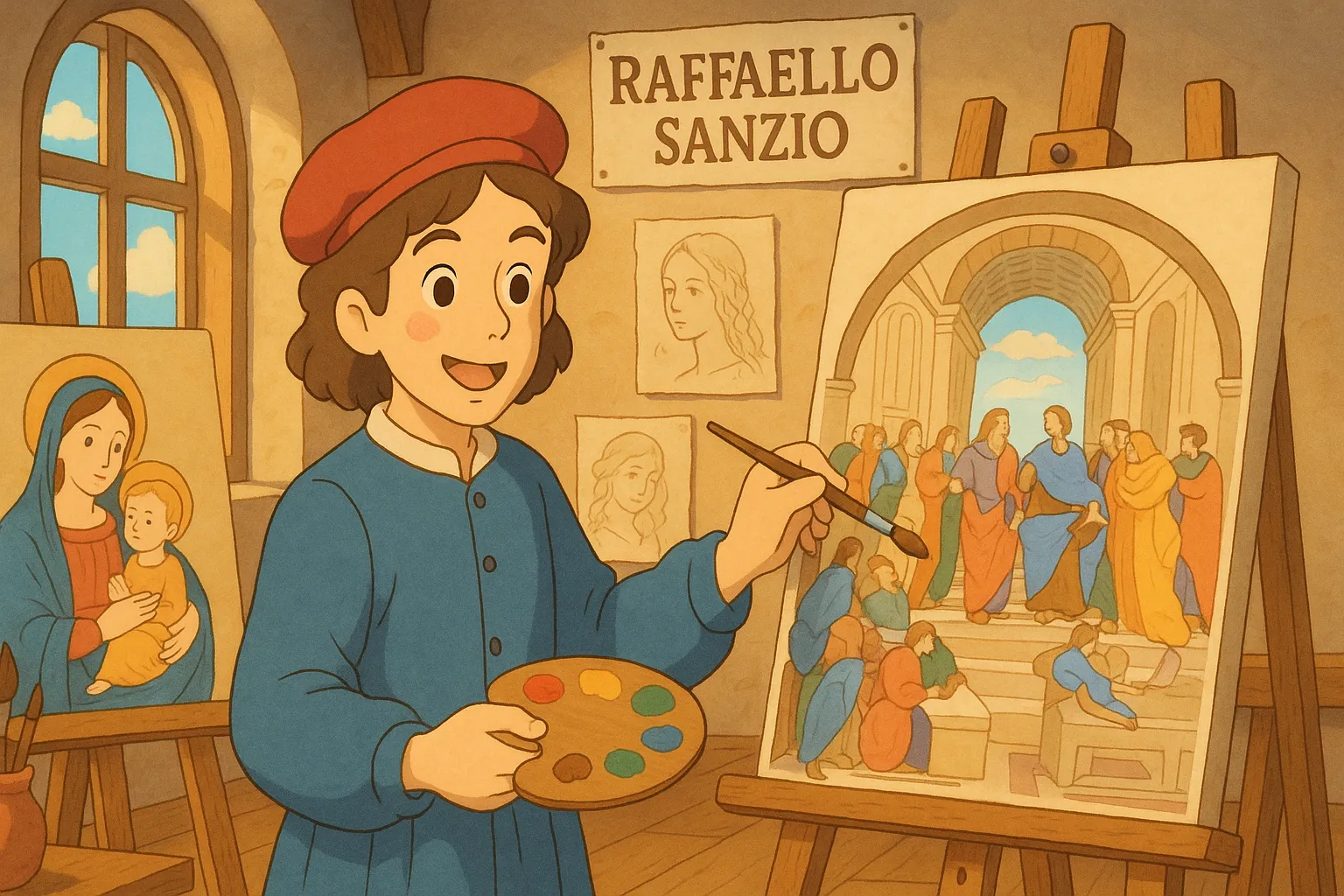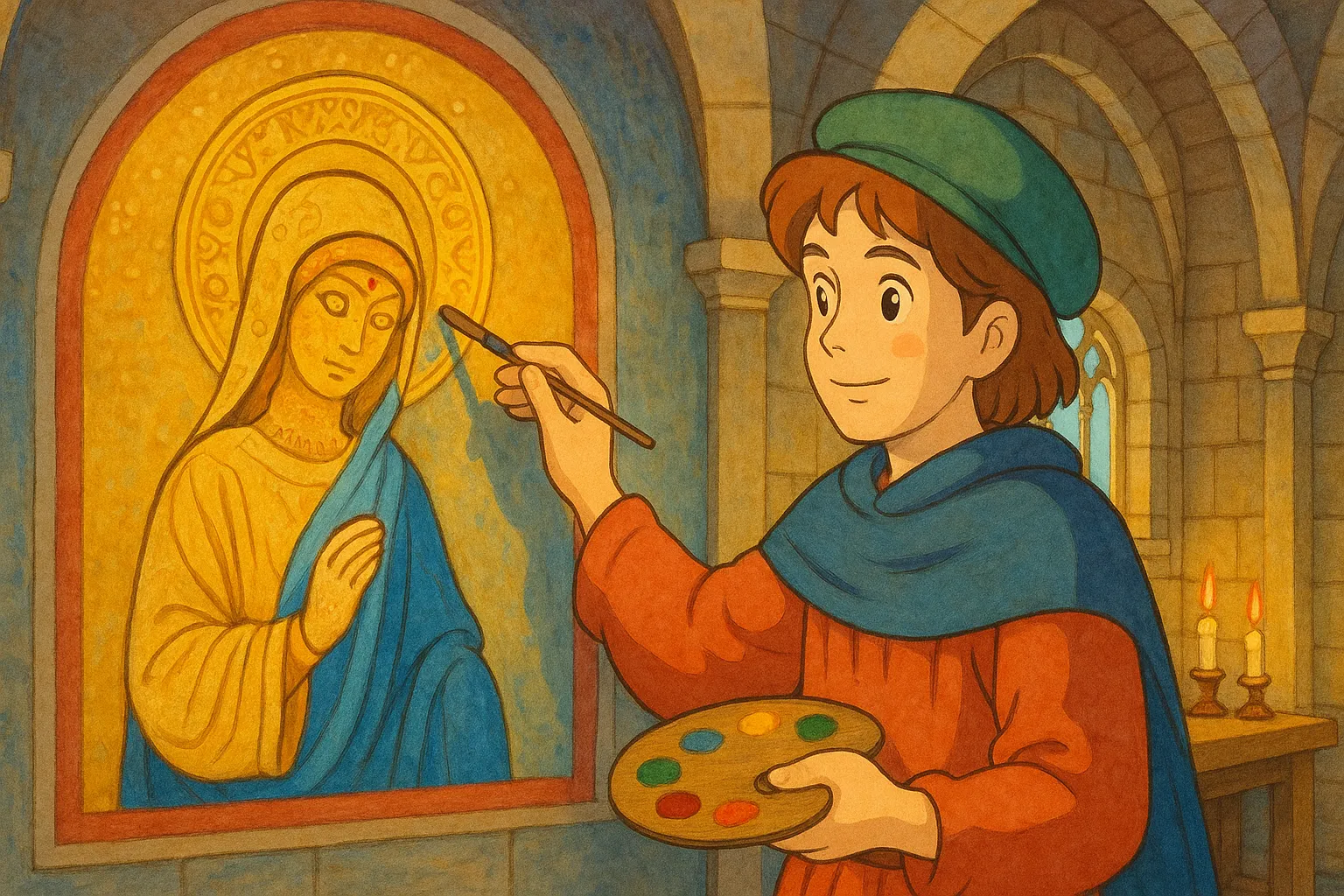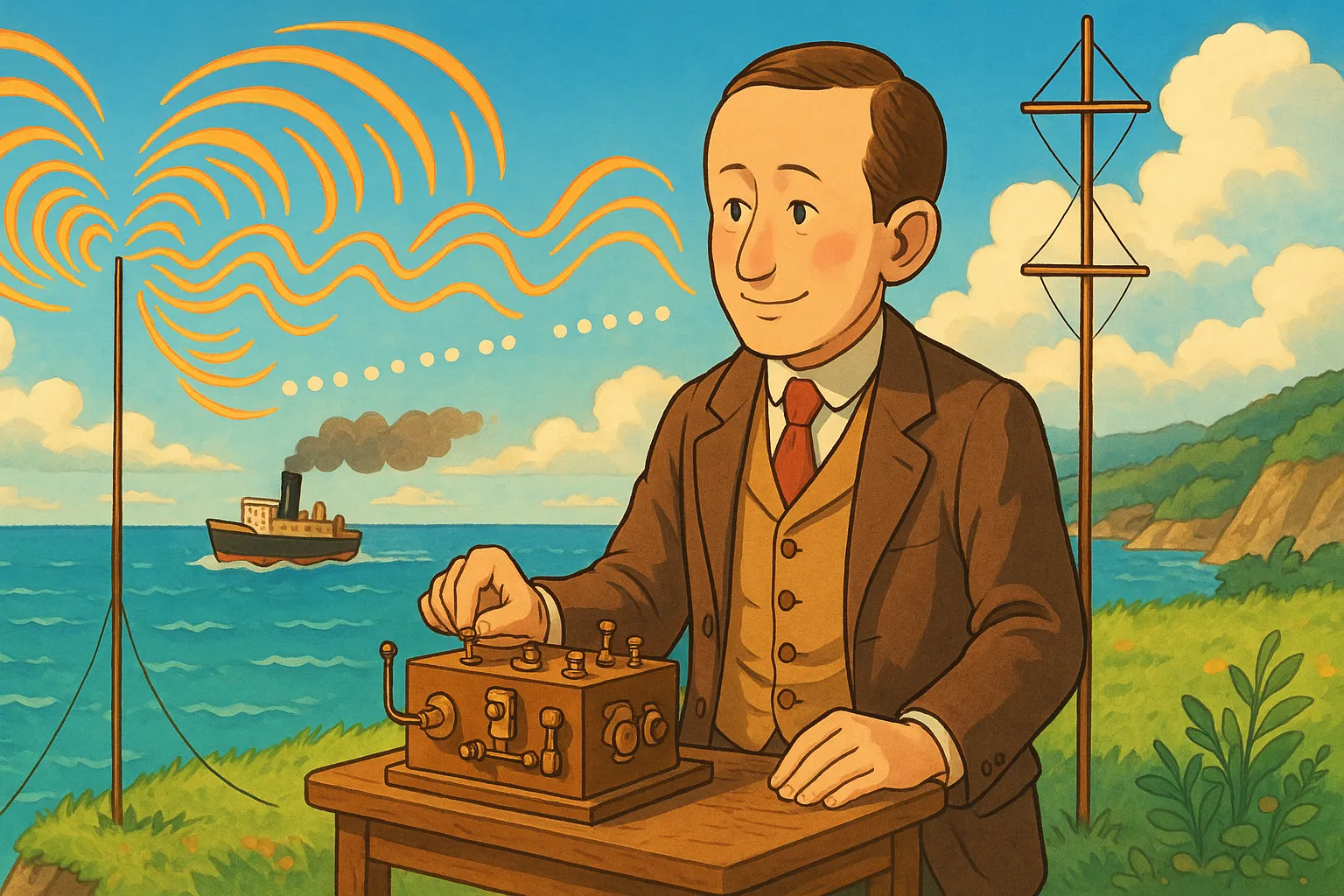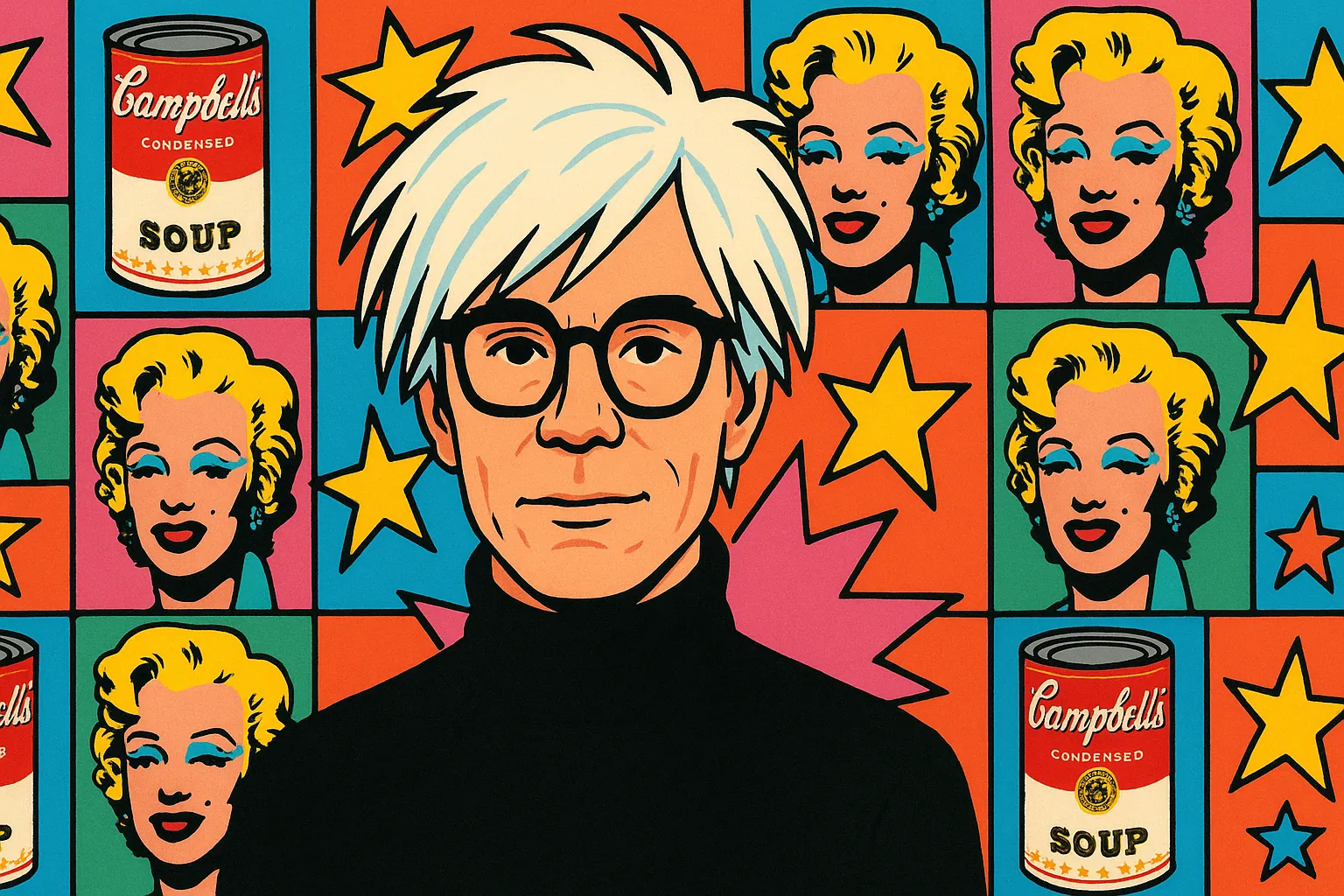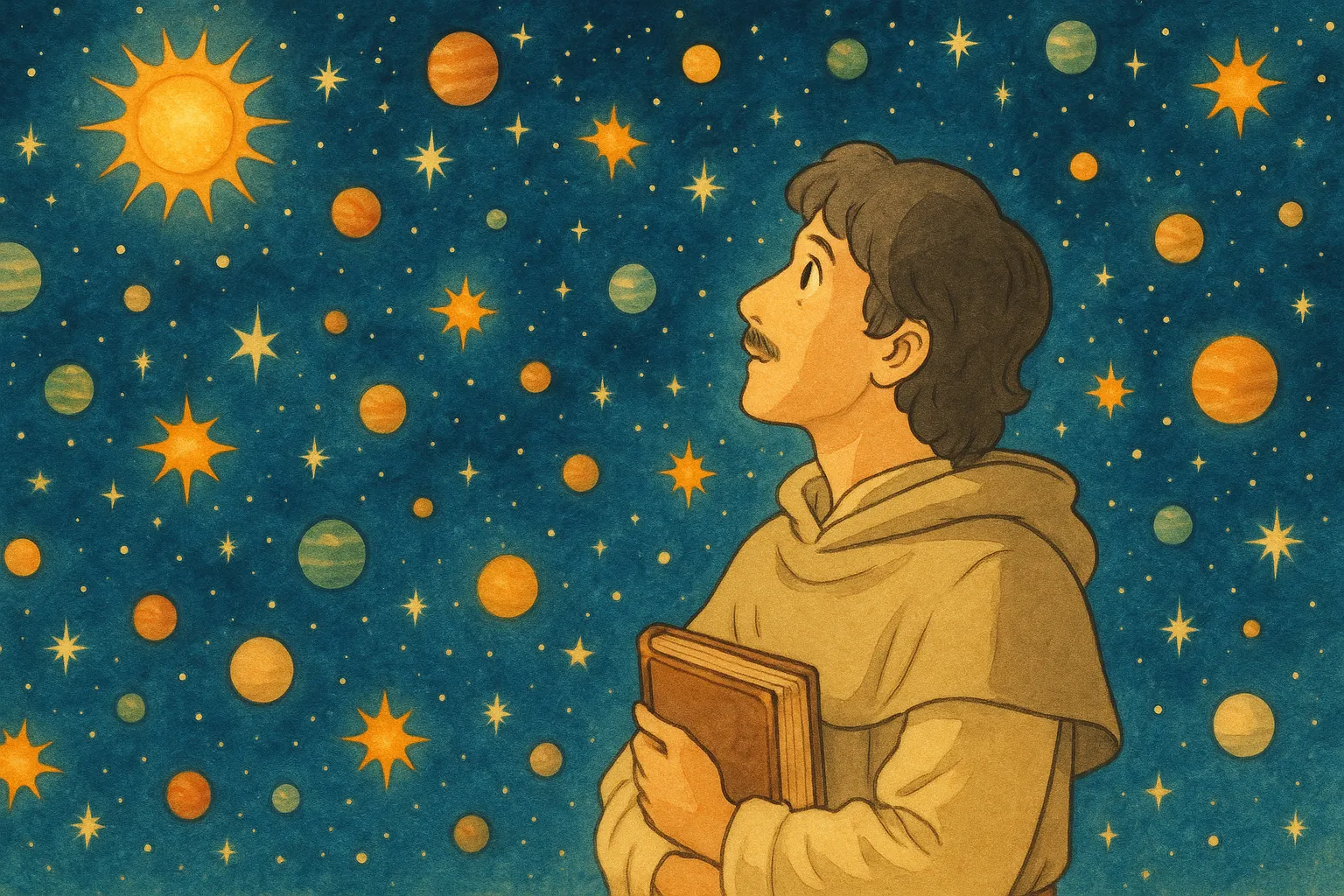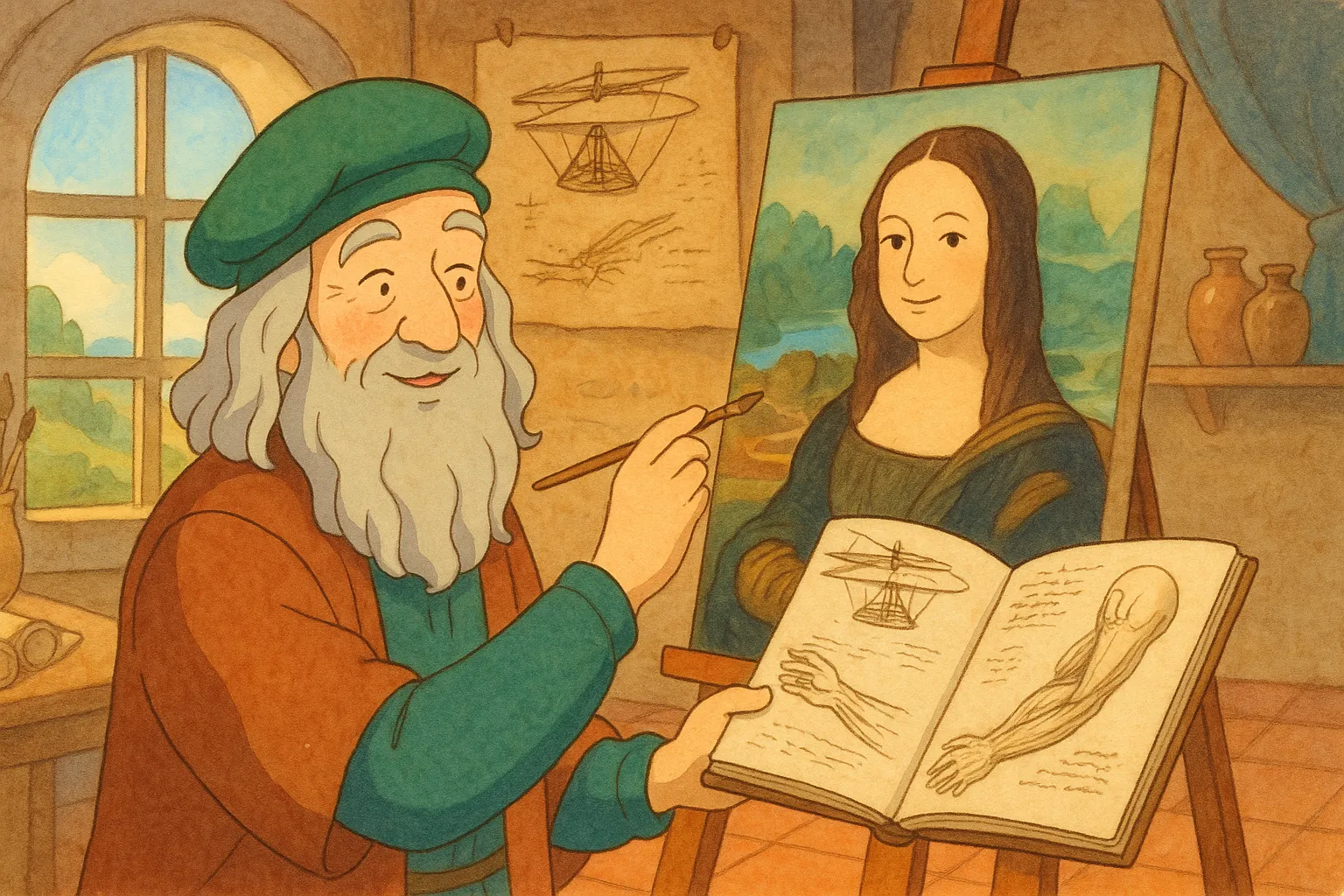
Frequently Asked Questions
Was Leonardo left-handed?
Yes. He typically wrote and drew with his left hand, which affected his drawing style and may be one reason he used mirror writing.
Why did he write in mirror script?
He often wrote right-to-left so text read normally in a mirror. Reasons are uncertain: privacy, habit from left-handedness to avoid smudging, or simply personal preference.
How many of his paintings still exist?
Only a small number survive—around 15–20 finished paintings are generally accepted as authentic, because many works were unfinished, lost, or damaged over time.
Did he have students or assistants?
Yes. He taught and worked with pupils and assistants, notably Francesco Melzi (his principal heir) and Gian Giacomo Caprotti (called Salai), who accompanied him for years.
Where are Leonardo's notebooks kept today?
His pages are scattered across collections: Biblioteca Ambrosiana (Milan), the Royal Collection (Windsor), the British Library, various museums, and some private collections like the Codex Leicester.
Did any of his inventions actually work?
Most were conceptual and not practical with 15th-century materials, but modern reconstructions of some designs (gliders, mechanical devices) have shown parts of them can function.
Why did he leave many projects unfinished?
He was a perfectionist and experimenter, often changing methods, shifting projects, or leaving work to pursue new studies or commissions, resulting in many incomplete pieces.
Did Leonardo marry or have children?
No reliable records show he married or had children. He devoted most of his life to study, art, inventions, and his close circle of pupils and companions.
Where did Leonardo die?
He died in Amboise, France, in 1519. His remains are traditionally associated with the Chapel of Saint-Hubert at the Château d'Amboise.
